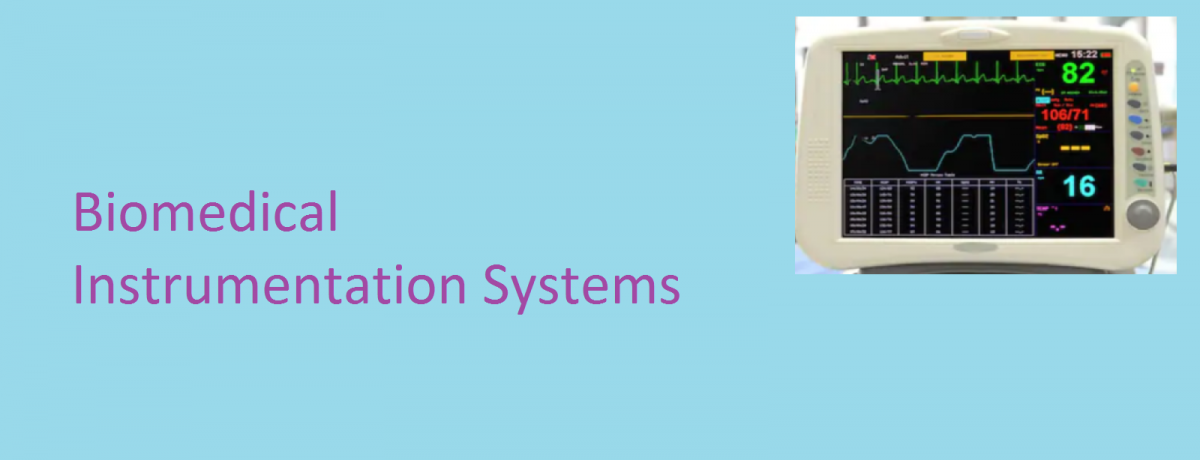The principle of immunoassay sensor operation is based on the observation of ligand-binding reaction products between a target analyte and a highly specific binding reagent. The important component of an immunosensor is the biological recognition element, which normally consists of … Read More
Basic Features of Intravascular Fiber Optic Blood Gas Sensor
Intra-arterial blood gas sensors usually use a single or double fiber configuration. Typically, the matrix containing the indicator is attached to the end of the optical fiber. Because the solubility of O2 and CO2 gases, as well as … Read More
Principle of Operation of a Medical Mass Spectrometer
A mass spectrometer is an instrument that produces a stream of charged particles (ions) from a substance being analyzed, separates the ions into a spectrum according to their mass-to-charge ratios, and ascertains the relative abundance of each type of ion … Read More
How Arterial Tonometer is used for Blood Pressure Measurement
The arterial tonometer is an instrument used to measure arterial blood pressure. It differs from sphygmomanometer in that, rather than measuring the pressure at greatest contraction and greatest heart dilation (systolic and diastolic) it provides continuous measurement throughout the heart’s … Read More
Basic Features of Teleradiology
Teleradiology is a subcategory of telemedicine operation focusing in remote diagnosis of medical images. Teleradiology uses computer, display and telecommunication technologies for radiologists to make remote diagnosis from radiological images generated at distant examination sites. The diagnostic report is sent … Read More
The Measurement of Ultraviolet Radiation in Biomedical Field
The measurement of ultraviolet radiation in biomedical field may be categorized into three classes:
- Physical
- Biological
- Chemical
In general, physical devices measure power, whereas chemical and biological systems measure energy.
The common radiometric terminology is shown in the table below:… Read More
Commonly used EEG Electrodes
The most commonly employed electrodes for recording electroencephalographic signals from the brain (EEG) are cup electrodes and subdermal needle electrodes. Cup electrodes are fabricated from platinum or tin approximately 5-10 mm in diameter. These cup electrodes are filled with a … Read More
What is Intraoperative Radiotherapy?
Intraoperative radiotherapy (IORT) is a method that combines radiation therapy with surgery to irradiate tumours in situ, without delivering a significant dose to surrounding normal, critical structures and is typically performed using electron beams from linear accelerators. This contrasts with … Read More
The Principles of Microbial Biosensors
Introduction
The underlying basis of a microbial biosensor is the close proximity between an immobilized microorganism that serves as a specific recognition element and an electrochemical or optical sensing transducer that is used to convert the biochemical signal into an … Read More
Optical Tomographic Imaging
The optical properties of normal and diseased tissues are usually different despite the large variation of values in optical properties of the normal tissues alone. A case in point is the cancerous tissues that manifest significant architectural changes at the … Read More

